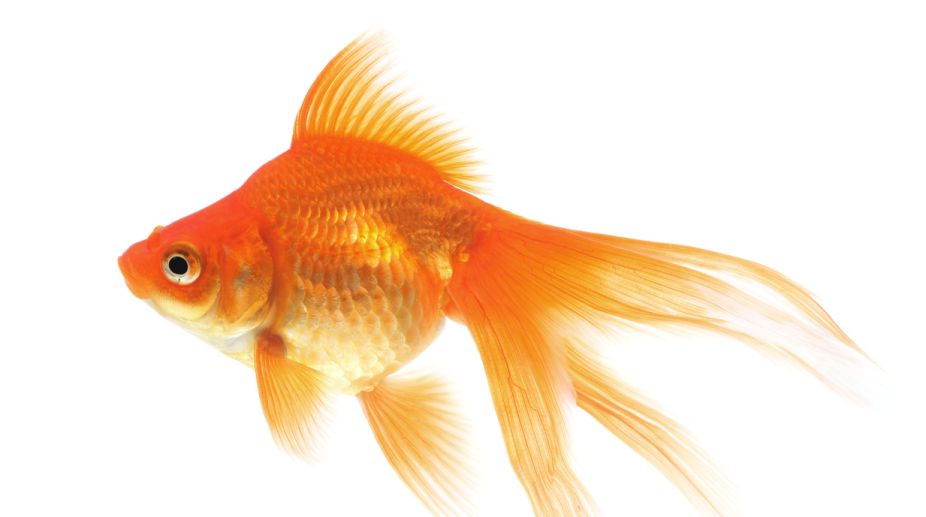A team of scientists has uncovered how goldfish survive the harsh winters beneath frozen lakes by producing alcohol.
Scientists at the Universities of Oslo and Liverpool said that during winters, the fish are able to convert anaerobically produced lactic acid into ethanol, which then diffuses across their gills into the surrounding water and avoids a dangerous build-up of lactic acid in the body.
Advertisement
This helps the fish and their wild relatives, crucian carp survive for days, even months, in oxygen-free water at the bottom of ice-covered ponds.
“During their time in oxygen-free water in ice-covered ponds, which can last for several months in their northern European habitat, blood alcohol concentrations in crucian carp can reach more than 50 mg per 100 millilitres, which is above the drink drive limit in these countries,” said Dr Michael Berenbrink from University of Liverpool in the research published in the journal Scientific Reports.
“However, this is still a much better situation than filling up with lactic acid, which is the metabolic end product for other vertebrates, including humans, when devoid of oxygen,” Berenbrink added.
The muscles of goldfish and crucian carp contain two sets of the proteins normally used to channel carbohydrates towards their breakdown within a cell’s mitochondria.
The second set is activated by the absence of oxygen and shows a mutation that allows channelling of metabolic substrates to ethanol formation outside the mitochondria.
“This research emphasises the role of whole genome duplications in the evolution of biological novelty and the adaptation of species to previously inhospitable environments,” added lead author Dr Cathrine Elisabeth Fagernes from the University of Oslo.
“The ethanol production allows the crucian carp to be the only fish species surviving and exploiting these harsh environments, thereby avoiding competition and escaping predation by other fish species with which they normally interact in better oxygenated waters,” Elisabeth noted.











